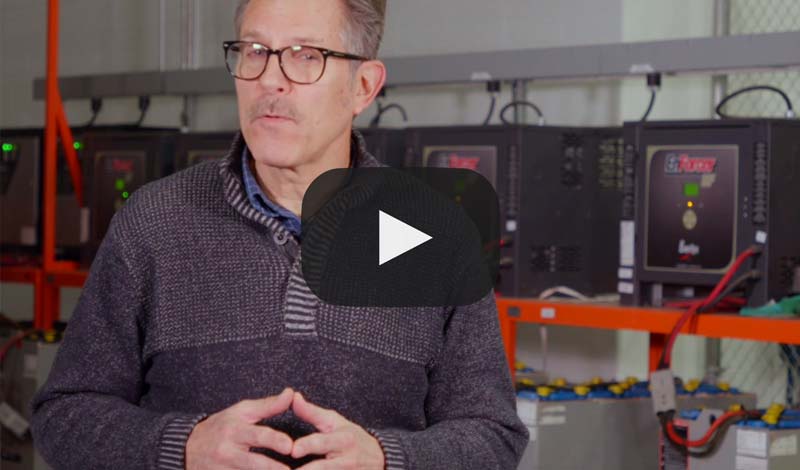Best Energy Saving Opportunities for Motors
https://player.vimeo.com/external/206621663.hd.mp4?s=c8ea23e81ed4837f61b7650ab43bc6cd0b313ae5&profile_id=119 Best Energy-Saving Opportunities for Motors Motors are major consumers of energy in industrial and commercial facilities. Equipment such as pumps, chillers and compressors all have motors performing a mechanical function. Mark Farrell, program manager and energy coach, draws on his many years of experience to provide some insights into the best opportunities for reducing … Read more
